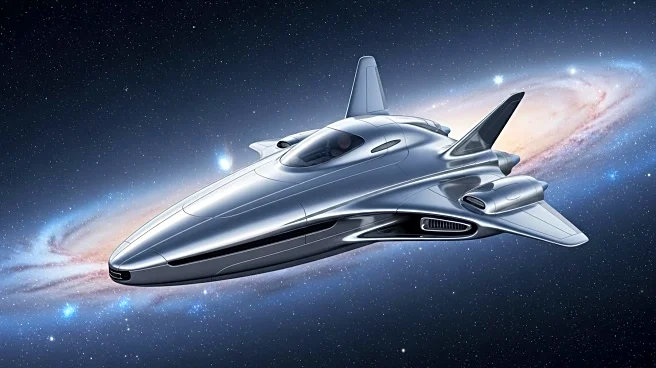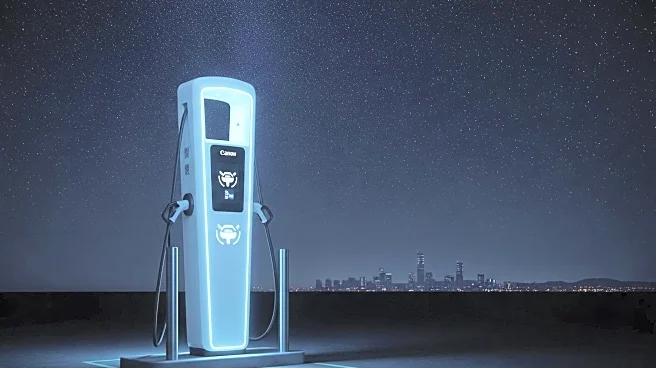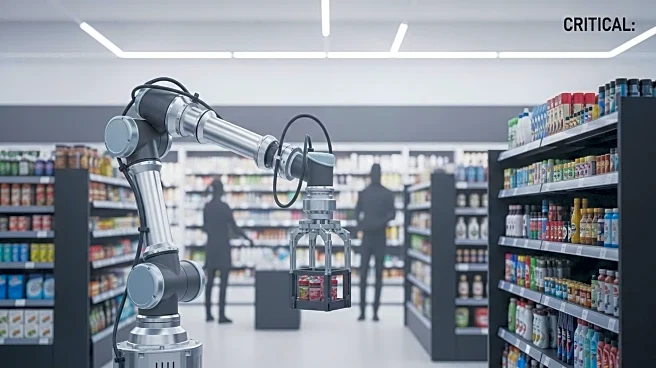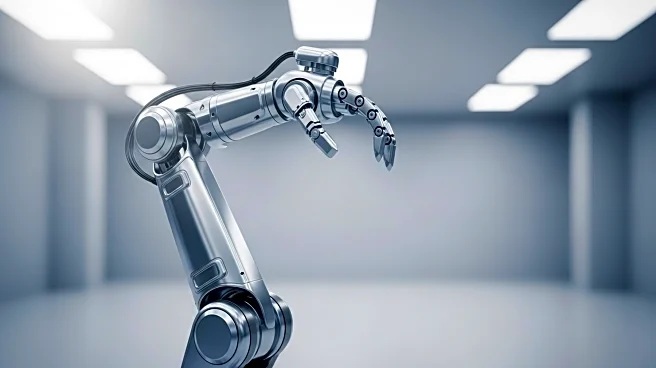What's Happening?
The humanoid robot industry is facing challenges in meeting high market expectations, despite ambitious production plans from companies like Agility Robotics and Tesla. Analysts predict significant growth, with projections of 18,000 units shipped in 2025 and a potential $5 trillion market by 2050. However, the current market remains largely hypothetical, with few robots deployed in controlled environments. The industry must address issues such as demand, battery life, reliability, and safety to scale production effectively.
Why It's Important?
The gap between current capabilities and market expectations highlights the complexities of scaling humanoid robots for widespread use. Addressing these challenges is crucial for the industry to realize its potential in transforming labor markets and industrial processes. Successful scaling could lead to significant economic impacts, including job displacement and the creation of new roles in robot maintenance and operation. The industry's progress will also influence public policy and regulatory frameworks concerning robotics and automation.
What's Next?
The industry must focus on finding viable applications for humanoid robots that justify large-scale production. Companies may need to explore alternative deployment strategies, such as multi-functional robots capable of performing various tasks. Continued advancements in AI and robotics technology will be essential to overcoming current limitations and achieving the desired scalability. Collaboration with regulatory bodies to establish safety standards will also be critical in ensuring the safe integration of humanoid robots into society.












